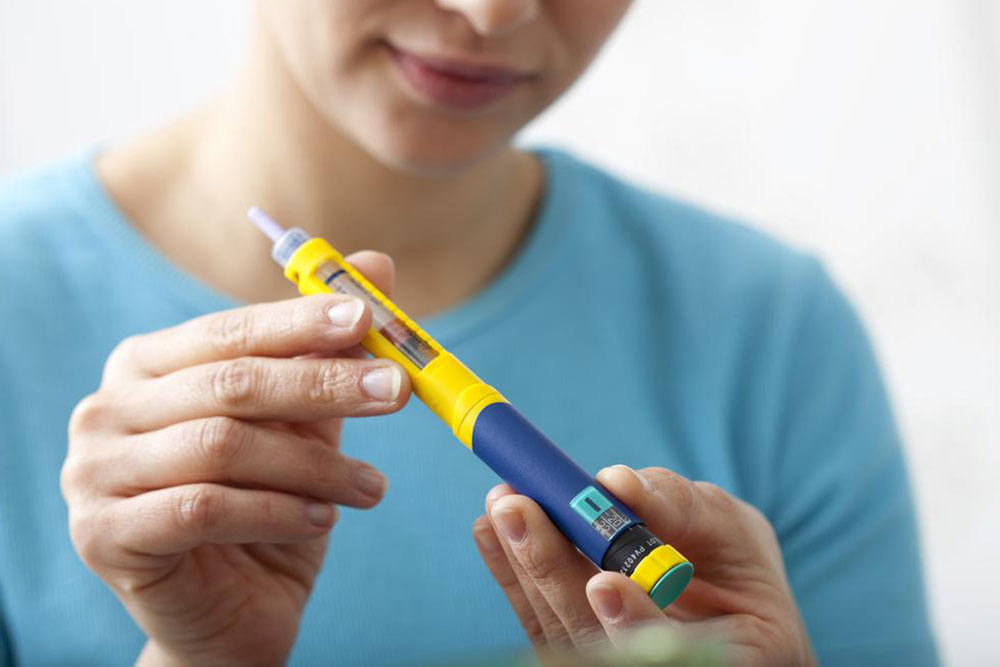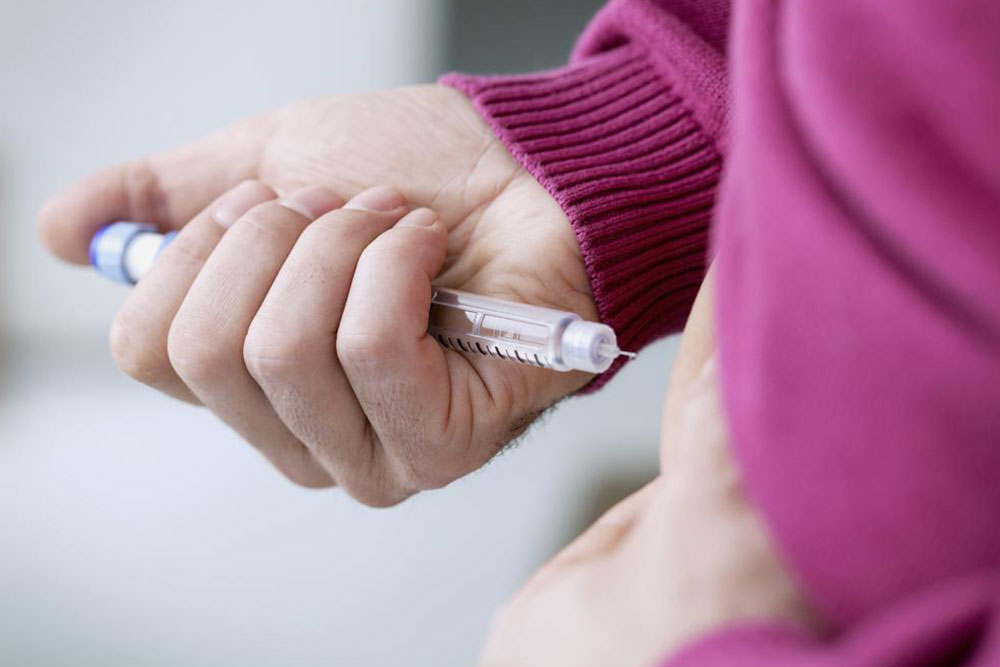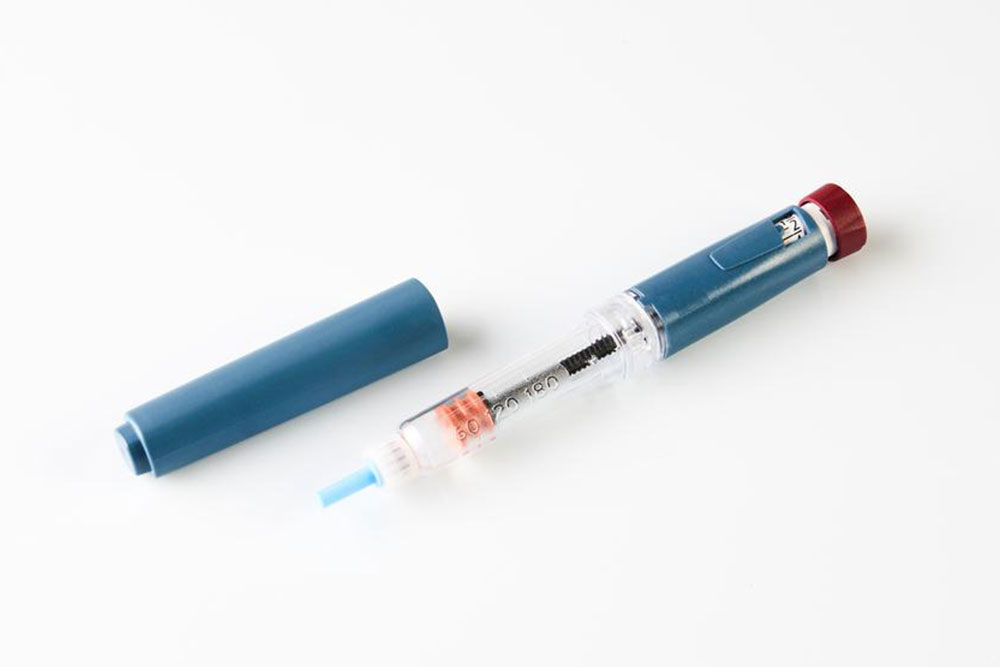Comprehensive Guide to Proper Insulin Pen Usage for Effective Diabetes Management
This comprehensive guide provides detailed steps on how to properly use an insulin pen for diabetes management, emphasizing safety, correct dosing, and effective injection techniques. It covers preparation, administration, disposal, and storage to help patients achieve optimal blood sugar control and improve their quality of life.

Comprehensive Guide to Proper Insulin Pen Usage for Effective Diabetes Management
Managing diabetes effectively requires precise and consistent administration of insulin, and insulin pens have revolutionized this process by offering a user-friendly, portable, and accurate method for delivering insulin. These devices are designed to empower patients to manage their condition with confidence, whether at home, work, or traveling. Proper usage ensures optimal blood sugar control, minimizes discomfort, and reduces the risk of complications associated with incorrect insulin dosing.
This extensive guide aims to provide detailed steps and tips on how to correctly use an insulin pen, whether you're new to insulin therapy or seeking to improve your technique. From initial preparation to needle disposal, every step is crucial for safe and effective insulin delivery.
Understanding the basics of insulin pens is the first step. These devices are designed to simplify insulin injections by combining the insulin cartridge and dose dial into a compact, easy-to-handle device. Their ergonomic design reduces the discomfort and fear often associated with traditional syringes, making them ideal for both insulin-naïve patients and those experienced with injections.
Preparation: Setting Up Your Insulin Pen Correctly
Before you begin, gather all necessary supplies: your insulin pen, new needles, alcohol swabs, and a sharps disposal container. Start by examining your insulin pen to confirm it contains the correct type and concentration of insulin prescribed by your healthcare provider. If your insulin is cloudy (often for intermediate or long-acting types), roll it gently between your palms to mix it thoroughly—avoid shaking vigorously to prevent bubble formation.
Remove the protective paper from the new needle. Carefully attach the needle to the end of your insulin pen by screwing it on clockwise until secure. Once attached, remove the outer needle cap to expose the needle tip, followed by the inner cap, which protects the needle during handling. Proper disposal of caps is essential to avoid needle-stick injuries or accidental pricks.
Setting the Correct Dose
Reset the dose dial to zero to prevent accidental dosing. To fill the dose, hold the pen with the needle pointing upward and press the injection button until a small amount of insulin appears at the needle tip—this releases any air bubbles and ensures accurate dosing. If no insulin appears, gently tap or flick the pen to move the bubbles towards the needle hub and then try again. Ensuring the removal of air bubbles is vital for consistent and accurate insulin delivery.
Next, turn the dose dial to your prescribed dose, confirmed by your healthcare provider. It's important to double-check this setting to avoid underdosing or overdosing, which can impact blood sugar levels and overall diabetes control. Always follow your healthcare provider's instructions regarding dosage adjustments.
Administering the Insulin Injection
Find a comfortable, well-lit location for your injection. Wash your hands thoroughly with soap and water, then dry them completely to maintain hygiene. Select an injection site—that is, an area of skin with sufficient subcutaneous fat such as the abdomen, thigh, or buttocks. Clean the skin with an alcohol swab and wait until it dries to prevent irritation.
Pinch a fold of skin about an inch and a half wide to lift the subcutaneous tissue away from underlying muscles. Insert the needle at a 90-degree angle, maintaining a steady hand. Avoid pressing the button too quickly to reduce discomfort; instead, inject the insulin slowly and steadily. Keep the needle inserted within the skin for approximately 10 seconds to ensure complete insulin delivery and prevent leakage.
Once the injection is complete, carefully withdraw the needle and release the pinched skin. Press gently on the injection site with a dry cotton swab if needed, but do not massage, as this can affect insulin absorption. Safely dispose of the used needle in a sharps container immediately after use to prevent injury and contamination.
Post-Injection Care and Storage
Proper disposal of needles is crucial for safety and environmental reasons. Always use a designated sharps container for disposal and never reuse needles. Follow your local regulations regarding disposal procedures.
To maintain the effectiveness of your insulin pen, store it according to the manufacturer's instructions—typically, unopened pens should be kept in the refrigerator, while in-use pens may be kept at room temperature for a specified period. Avoid exposing the pen to extreme temperatures or direct sunlight, which can degrade the insulin quality.
Regularly check your insulin pen for clarity and expiration date. Using expired or visibly cloudy insulin can compromise your diabetes management efforts. Keep a routine of checking and maintaining your insulin supplies to ensure consistent and reliable therapy.
Tips for Safe and Effective Use
Always follow your healthcare provider’s dosing instructions and never alter doses without consultation.
Maintain proper hygiene by washing hands prior to injections.
Use alcohol swabs to clean injection sites and equipment to prevent infections.
Rotate injection sites to avoid lipohypertrophy and skin irritation.
Keep a record of insulin doses and blood sugar readings for better management and communication with your healthcare team.
In conclusion, mastering the correct use of an insulin pen is essential for effective diabetes management. Proper technique ensures accurate dosing, reduces discomfort, and improves overall blood glucose control. Remember to follow safety guidelines for needle handling and disposal, and consult your healthcare provider regularly to optimize your therapy. With careful use and proper care, an insulin pen can be a reliable tool in maintaining your health and preventing complications from diabetes.





